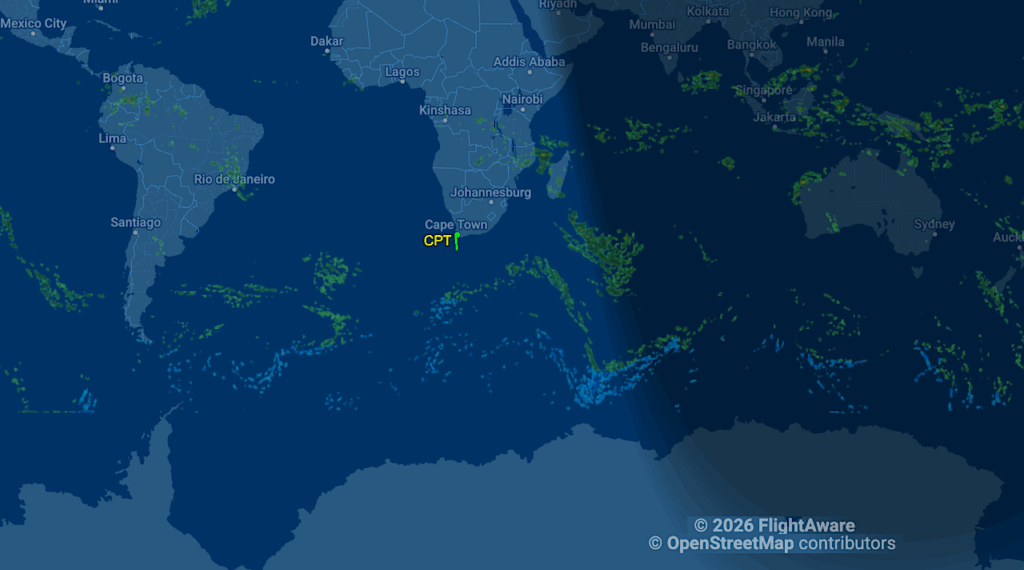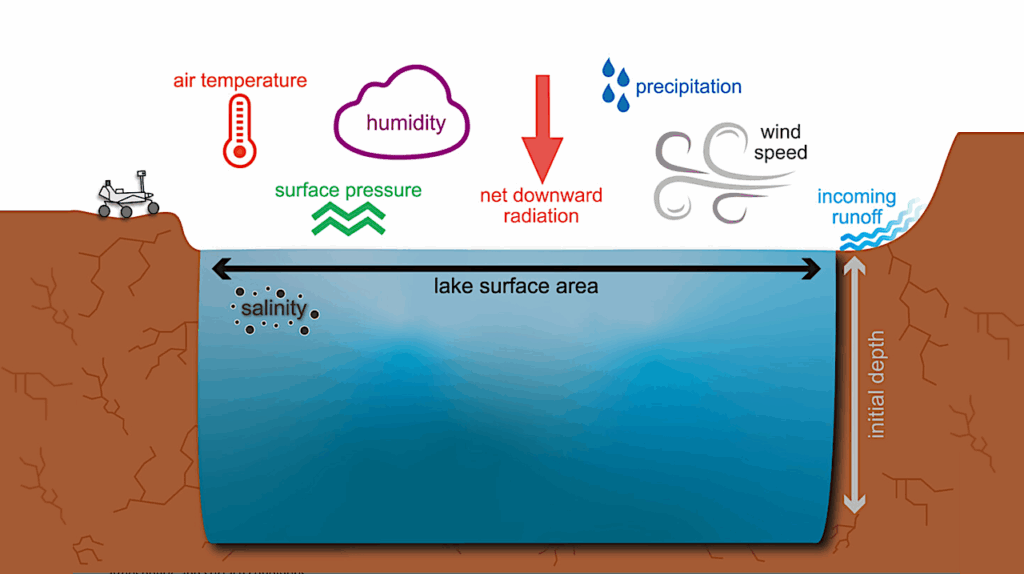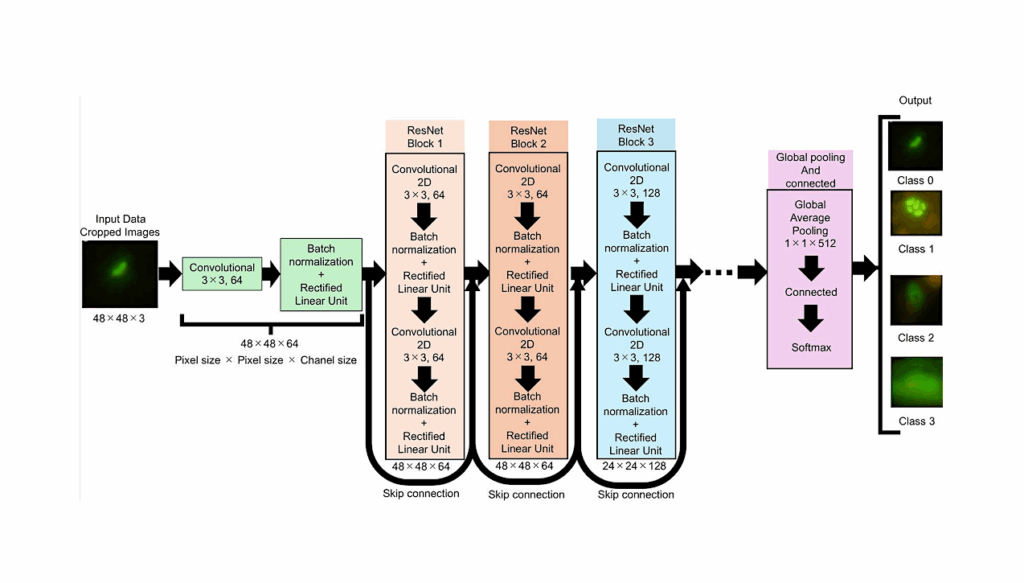Tricorder Tech: NASA Technology Solution: Standoff Ultra-Compact Micro-Raman Sensor

Easy to use Raman sensor for numerous applications – Traditional micro-Raman systems are capable of performing fine-scale mineralogy; but these are used for in situ analysis.
Most of the micro- Raman systems are designed and implemented for dark room operation. Such Raman systems: (1) require sample collection and (2) require shielding of daylight background radiation. With the use of continuous wave (CW) lasers and a non-time gating detection approach, it is also difficult to distinguish the biofluorescence from the mineral luminescence. These limitations will significantly lower the capability of these micro- Raman systems in terms of the variety of samples that can be analyzed.
BENEFITS
- Standoff ultra-compact Raman measurements at several centimeters range (no sample collection)
- Daytime or nighttime operation Detection of all minerals: light and dark
- Detection of water, biological, and organic compounds
- Detection of Raman signal in presence of fluorescence
THE TECHNOLOGY
Researchers at NASA Langley Research Center have developed a Standoff Ultra-Compact micro-Raman sensor that will provide a superior instrument for many commercial applications as well as future NASA missions. This sensor will be able to collect Raman spectra and rapidly generate mineralogical images of targets in the daytime from a distance of several centimeters without the need to collect the sample. This sensor is capable of inspection and identification of minerals, organics, and biogenic materials within several centimeters and with a high 10 micrometer resolution.
This instrument will solve some of the limitations (requiring sample collection and shielding of daylight background radiation) of the traditional micro- Raman systems to provide a superior instrument. The instrument will perform Raman spectroscopy from a miniature device (handheld or mounted on a small rover head). The instrument will allow investigation of mineralogy, biology, fluorescent trace elements, biological materials, polar ices, and gas hydrates. It will realize a very high resolution objective (micrometer) demonstrated to within 20 centimeters target distance.
APPLICATIONS
The technology has several potential applications:
- Precious metals and jewelry analysis
- Narcotics identification
- Explosive detection
- Inspection of incoming raw materials, final product QC, and other applications in the pharmaceutical industry
- Contaminant detection and identification on silicon wafers
- Geological research
PUBLICATIONS
Standoff ultra-compact micro-raman sensor
Dec 19, 2018 – UNITED STATES OF AMERICA AS REPRESENTED BY THE ADMINISTRATOR OF NASA
Standoff ultra-compact micro-Raman sensors configured to receive Raman scattering from a substance are disclosed. A laser device may be configured to transmit a laser at a first wavelength. The laser may be expanded to a predetermined size, focused through a lens, and made incident on an unknown substance. A filter may reflect the laser and Rayleigh scattering from the substance, but may permit Raman scattering and laser-induced fluorescence from the substance. One or more lenses and/or filters may receive and pass the Raman scattering and/or laser-induced fluorescence to a light sensor. The received Raman scattering and/or laser-induced fluorescence may be compared to known fingerprints of substances to determine an identity of the substance. The wavelength of the laser, the width of the laser, and other parameters may be varied based on the distance between the standoff ultra-compact micro-Raman sensor and the substance.
Description
CROSS-REFERENCE TO RELATED PATENT APPLICATION(S)
This patent application claims the benefit of and priority to 62/617,684, filed on Jan. 16, 2018, the contents of which are hereby incorporated by reference in their entirety.
STATEMENT REGARDING FEDERALLY SPONSORED RESEARCH OR DEVELOPMENT
The invention described herein was made in the performance of work under a NASA contract and by an employee of the United States Government and is subject to the provisions of Public Law 96-517 (35 U.S.C. § 202) and may be manufactured and used by or for the Government for governmental purposes without the payment of any royalties thereon or therefore. In accordance with 35 U.S.C. § 202, the contractor elected not to retain title.
OVERVIEW
Determining the identity of a substance, such as a mineral, can be difficult, particularly when the substance cannot be readily retrieved and analyzed. For example, during space explorations, a crew may desire to identify a substance on a planetary surface, but the substance may be too difficult to retrieve and test, let alone bring back to Earth for more rigorous testing. Moreover, some tests which may be used to identify a substance (e.g., tests requiring combustion) may be difficult to perform outside of a laboratory and/or the environment of the Earth.
One way to identify substances is Raman spectroscopy. Raman spectroscopy involves shining light (e.g., from a laser) at a particular wavelength at a substance. While the vast majority of scattering from the substance as a result of the light does so at the same wavelength as the light (a phenomenon referred to as Rayleigh scattering), a fraction of light (referred to as Raman scattering) is scattered at a higher or lower wavelength than the light. This higher or lower wavelength results from energy transfer between the light and the substance. Analysis of the wavelength of the Raman scattering provides information about the molecular vibrations, photons, excitation, and/or other energy information about the substance, which may be analyzed to determine the identity of the substance.
Raman spectroscopy generally requires that a substance be manually collected and shielded from ambient radiation. Take, for example, a lunar rover with a Raman spectroscopy device on the surface of the Moon. An operator of the rover may desire to determine the identity of an unknown substance found on the Moon. The Raman spectroscopy device may be configured to shine a laser at the substance at 500 nm and measure Raman scattering from the substance. Even if the measuring device of the Raman spectroscopy device were configured to filter out light at wavelengths corresponding to the laser (e.g., 500 nm), ambient radiation (e.g., light from the sun) may comprise a multitude of wavelengths which make identification and measurement of Rayleigh scattering extremely difficult. To avoid such ambient radiation, the lunar rover may be required to shield the substance from other forms of radiation, e.g., using a cover. In some instances, e.g., where a substance’s Raman scattering is particularly similar to ambient radiation, the substance may require collection (e.g., inside of a container) and/or transportation to a dark room for later analysis. Such collection and/or transportation may be particularly difficult where, for example, the substance is too hard, heavy, or fragile to be readily collected and/or transported, too large or unwieldy to be properly covered, and/or where frequent measurements may be made such that collection and storage may place undue mechanical stresses on collection devices.
Raman spectroscopy is conventionally performed using light of a continuous waveform, which may impede the accuracy of measurements. For example, a particular form of biofluorescence may be short-lived, whereas a particular form of mineral luminescence may be long-lived. Use of a continuous wave laser, for example, prevents ready distinction between biofluorescence and luminescence, particularly in the presence of already-distracting ambient radiation.
SUMMARY
Aspects of the present disclosure include a stand-off ultra-compact Raman sensor and methods related thereto. In accordance with one or more embodiments, a laser device may transmit a laser at a particular wavelength, which may be reflected and filtered to strike a surface of an unknown substance. Rayleigh scattering, Raman scattering, and laser-induced fluorescence from the substance may result. The Rayleigh scattering may be filtered out, and/or the Raman scattering and laser-induced fluorescence may be filtered, diffused, and/or reflected to one or more sensors. A light sensor may analyze the spectrum of received light and determine whether the received light matches a fingerprint of known substances.
In one aspect, the stand-off ultra-compact Raman sensor is configured to operate without requiring the substance to be shielded from ambient radiation and/or requiring direct physical contact or movement of the substance. Use of a beam expander, one or more lenses, one or more filters, and/or by varying properties of the laser, the stand-off ultra-compact Raman sensor may isolate Raman scattering from the substance. In one or more embodiments, the stand-off ultra-compact Raman sensor may be reconfigured based on, for example, the distance between the stand-off ultra-compact Raman sensor and the substance. For example, the size of the laser may be controlled by a beam expander, such that one or more portions of the substance are exposed to the laser, and one or more second portions of the substance are not exposed to the laser. Similarly, the stand-off ultra-compact Raman sensor may also vary, e.g., the wavelength of the laser based on a prediction of the identity of the substance. One or more of the changes or alterations to the system or device may be automatically performed based on a processor processing computer-executable instructions on a computer-executable medium. As such, the system or device may operate in a more efficient manner than known systems or methods.
These and other features, advantages, and objects of the present invention will be further understood and appreciated by those skilled in the art by reference to the following specification, claims, and appended drawings.
technology.nasa.gov
NASA’s Technology Transfer Program pursues the widest possible applications of agency technology to benefit US citizens. Through partnerships and licensing agreements with industry, the program ensures that NASA’s investments in pioneering research find secondary uses that benefit the economy, create jobs, and improve quality of life.
LAR-19274-1, LAR-TOPS-280
National Aeronautics and Space Administration
Agency Licensing Concierge
Langley Research Center
Mail Stop 020
Hampton, VA 23681
202-358-7432 [email protected]
www.nasa.gov
Astrobiology, Astrochemistry, Tricorder,








